
 |
|
|
Fruits
Volume 61 Number 13 Date 07/28/2016 JAPANESE BEETLE - Apple orchards near McFarland and Stoughton in Dane County are reporting heavy beetle populations, with significant damage to foliage and the terminal ends of branches along orchard perimeters. If the beetles are causing unacceptable injury and treatment is required, growers can minimize insecticide use by spot treating only the most infested varieties. Conventional growers may use pyrethroids or Imidan for immediate knock-down control, while organic producers could target first with PyGanic and follow up the next day with Neem oil as a repellent. Because sprayed trees can be reinvaded, infested orchard blocks should be inspected weekly as long as beetles are present. Never spray when bees are foraging. APPLE MAGGOT - Counts have been variable but generally low since emergence began four weeks ago. Reports indicate that the largest captures (10 or more flies per trap per week) are occurring in orchards with fruits damaged during hailstorms. According to John Aue of Threshold IPM Services, the volatiles produced by ripening, hail-damaged apples are highly attractive to AM and other fruit flies, and the number of AM flies captured on traps represents only a fraction of the fruit flies population potentially entering the orchard. He notes that other flies in the genera Rhagoletis and Drosophila can inflict similar damage on hail-injured fruit. Continued maintenance of traps will be important as harvest begins in August. Baited traps should be concentrated in late summer varieties (i.e., cultivars ripening before Paula Red) for monitoring of apple maggot pressure. CODLING MOTH - Orchardists are advised to continue monitoring pheromone traps to determine options for second generation control. If counts exceed five moths per trap per week and treatment is warranted, materials such as Altacor and Delegate can be applied within five to seven days of harvest. The three formulations of codling moth granulosis virus may be used until harvest and will provide 5-7 days of protection. STINK BUG - Surveys in field crops suggest that activity is escalating and stink bugs are likely to start invading orchards in greater numbers. Growers can begin inspecting fruits in the week ahead for dimples or dark, irregular circular depressions typical of stink bug feeding, and should flag sites with multiple depressions on the same fruit or tree. Damage is often limited to specific areas in the orchard and depending on the distribution of the population, spot treatment may be adequate. WHITE APPLE LEAFHOPPER - Second generation eggs are beginning to hatch. Apple growers who observed damage caused by the first generation several weeks ago should scout for stippling and whitish spots on leaves in the interior of tree canopies. The summer nymphs feed well into September and can cause significant chlorophyll loss. Ordinarily, control should target first generation nymphs, but if justified, treatments for the second generation are also effective. -- Krista Hamilton, DATCP Entomologist 
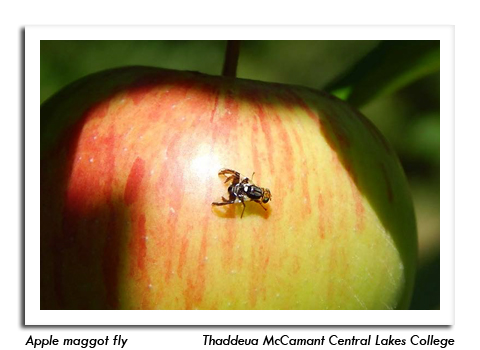
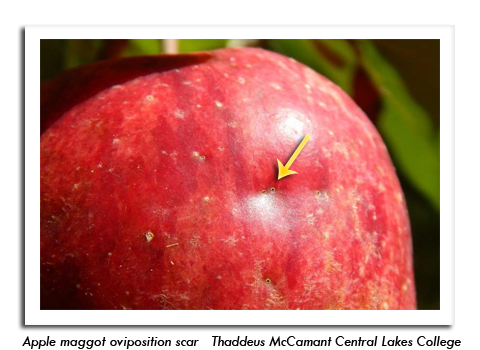
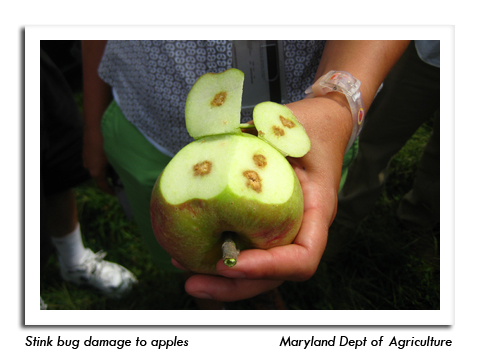
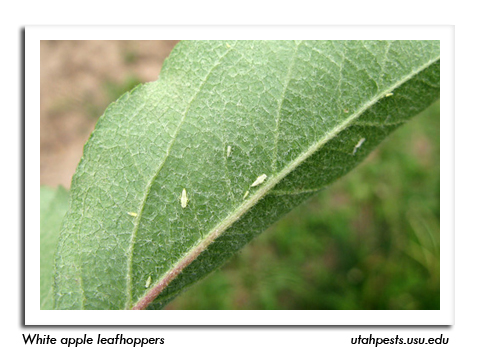
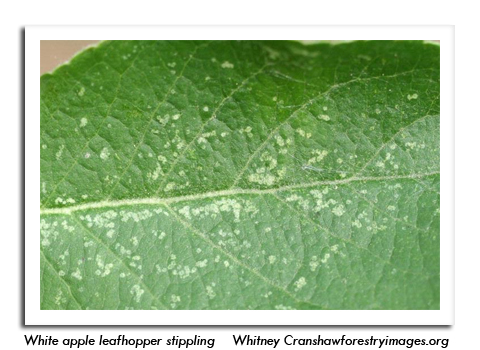
|
|
|